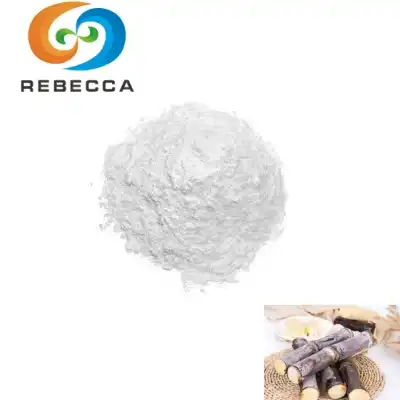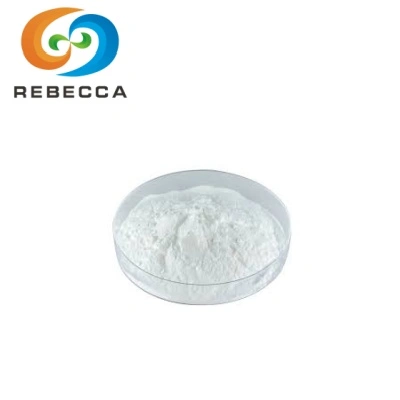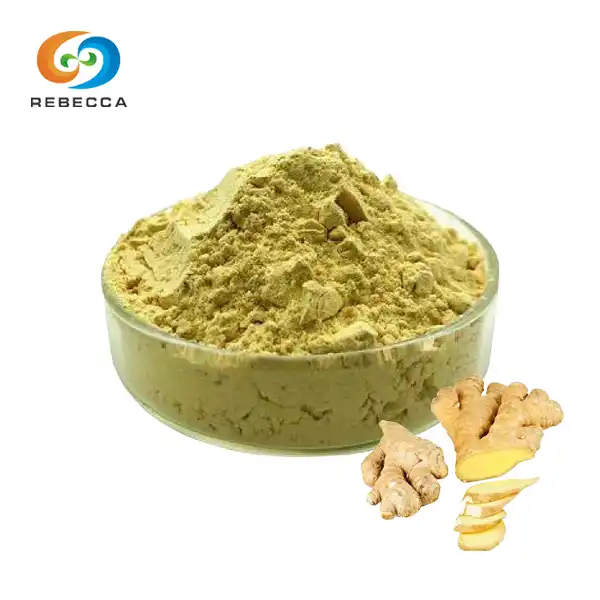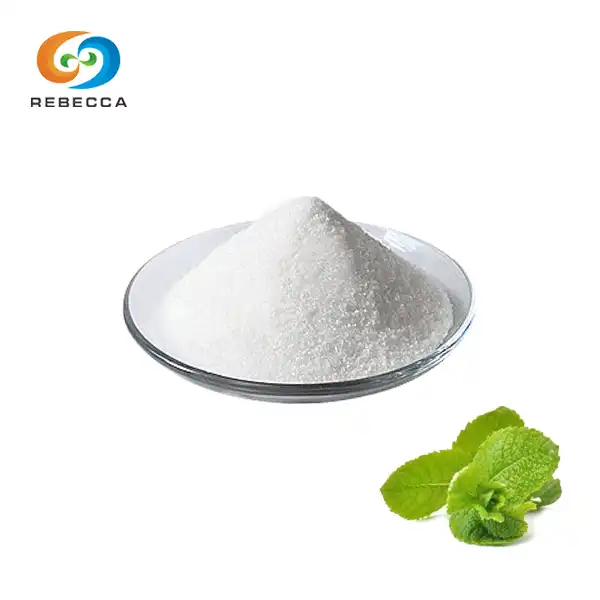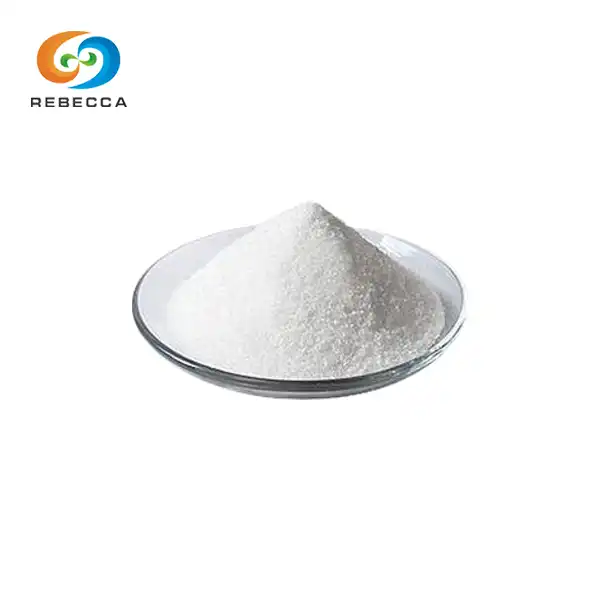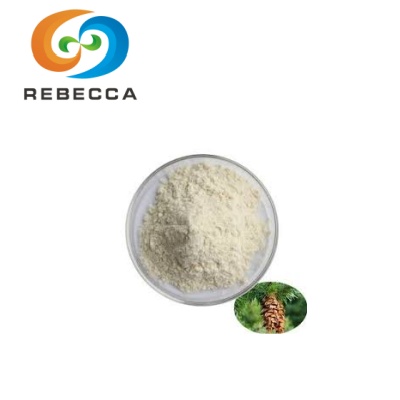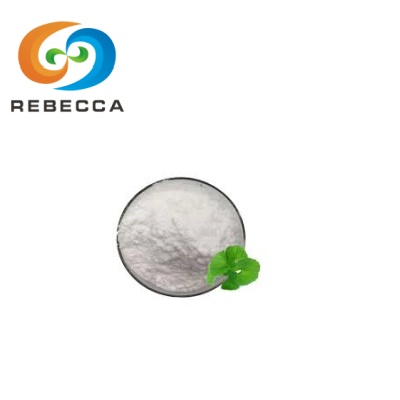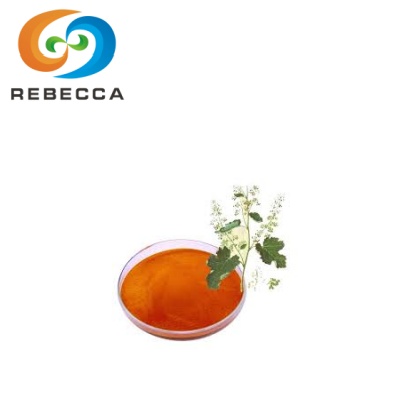Vanillyl Butyl Ether For Hair Care
vanillyl butyl ether is constantly emerging to address various hair and scalp issues in the ever-evolving field of hair care. VANILLYL BUTYLETHER 99% is one such ingredient that has recently gained attention. This synthetic compound, which is derived from vanillin, has been incorporated into a variety of hair care products, promising a variety of advantages for people who want to improve the health and appearance of their hair. The uses, benefits, and safety concerns in hair care, as well as its role in heat-activated treatments, will be discussed in depth in this guide.
English name: Vanillyl Butyl Ether
CAS No.: 82654-98-6
Molecular Formula: C12H18O3
Active ingredients: Vanillyl Butyl Etherr
Specification: Vanillyl Butyl Ether 99%
Appearance: Colorless to light yellow, transparent liquid
Test Method: GC

How Does Vanillyl Butyl Ether Benefit Hair Care?
When incorporated into products for hair care, vanillyl butyl ether, also known as hydroxybutoxyphenyl propyl methyl ketone, may provide a number of potential advantages. It is a versatile ingredient that can simultaneously address multiple hair and scalp issues due to its unique properties.
1. Scalp Circulation Promotion: its capacity to improve blood circulation in the scalp is one of its primary hair care benefits. This compound causes a slight warming sensation when applied topically, which may increase blood flow to the hair follicles. The delivery of vital nutrients and oxygen to the hair roots, which may support healthier hair growth, is dependent on improved circulation.
2. Increasing Shine: Vanillin butyl ether-based hair care products claim to increase hair shine. Although the precise mechanism is unknown, it is thought that the compound helps to smooth the cuticle of the hair, resulting in increased light reflection and a shinier appearance. People with dull or lackluster hair may benefit most from this effect.
3. Boosting the Growth of Hair: Some studies suggest that VANILLYL BUTYLETHER 99% may have the potential to promote hair growth, though more research is needed to confirm its effectiveness. By providing follicles with the necessary nutrients and oxygen, its capacity to increase blood flow to the scalp could create a more favorable environment for hair growth.

4. Calming Scalp Itching: Additionally, its warming effect may assist in relieving itching and scalp irritation. People who have sensitive scalps or are prone to dandruff and other scalp conditions may benefit most from this property.
5. Product Penetration Enhancement: Its ability to improve the absorption of other active ingredients in hair care formulations is well-known. By enabling other beneficial compounds in the product to penetrate the hair shaft or scalp further, this property can enhance their effectiveness.
Is Vanillyl Butyl Ether Safe for Use in Hair Products?
Wellbeing is the main thought while involving any new fixing in private consideration items. Despite the fact that it has been the subject of numerous safety assessments, vanillyl butyl ether's use in cosmetics and personal care products is generally regarded as safe when used according to the directions. However, just like with any ingredient, there are a few things to keep in mind.
An Overview of Safety:
1. Statutory standing: The use in cosmetics and personal care products has been approved by major regulatory bodies like the European Commission's Scientific Committee on Consumer Safety (SCCS) and the U.S. Food and Drug Administration (FDA).
2. Toxicity: Studies have shown that VANILLYL BUTYLETHER 99% has a low acute toxicity when applied topically. It is not thought to be an irritant or sensitizer for the skin at the concentrations used in hair care products.
3. Environmental Impact: It is believed that vanillyl butyl ether has little environmental impact due to its biodegradability and absence from the environment.
Sensitivities and the possibility of negative effects:
Even though the majority of people are generally safe when exposed to VANILLYL BUTYLETHER 99%, there are some individuals who may experience adverse effects or reactions:
1. skin irritation: Some people may occasionally experience mild skin irritation, redness, or itchiness when they use products that contain vanillyl butyl ether. This is more likely to happen to people who are prone to allergies or have sensitive skin.
2. Responses to Allergies: Even though they are uncommon, allergic reactions to vanillyl butyl ether can occur. Enlarging, extreme tingling, or trouble breathing are potential signs. Stop taking the medication right away and see a doctor if you experience any of these symptoms.
3. Connections with Other Parts: In some cases, it may interact with other components of hair care products, affecting their effectiveness or causing unexpected reactions.

What Role Does Vanillyl Butyl Ether Play in Heat-Activated Hair Treatments?
Vanillyl butyl ether plays a significant role in heat-activated hair treatments, enhancing the performance and effectiveness of a wide range of styling tools and products. Because of its unique properties, it is ideal for use with heat styling because it has a number of advantages for both the styling process and the hair.
1. Enhanced Heat Resistance:
Improved heat protection is one of the primary functions of VANILLYL BUTYLETHER 99% in heat-activated hair treatments. it forms a protective barrier on the hair shaft when it is exposed to high temperatures from styling tools like curling wands, flat irons, and blow dryers. This obstacle aids in reducing damage from heat: The direct impact of high temperatures on the hair structure is minimized by creating a shield between the hair and the heat source. Keep moisture in The protective layer keeps the hair's natural moisture in place, preventing the brittleness and excessive drying that can come from heat styling. Keep your hair's integrity: By lessening the damage caused by heat, vanillyl butyl ether helps to maintain the overall health and integrity of the hair by reducing the breakage and split ends that are caused by frequent heat styling.
2. Activation of Additional Components:
Vanillin butyl ether and other ingredients work together in many heat-activated hair treatments: - When exposed to high temperatures, it may assist in activating the product's heat-responsive compounds, enhancing their effectiveness. During the heating process, the warming effect of vanillyl butyl ether may increase the penetration of other beneficial ingredients into the hair shaft.

Rebecca
Free samples of this ingredient are available from Rebecca Bio-Tech, a professional manufacturer of vanillyl butyl ether in China. Cosmetic formulators, researchers, and companies in the hair care industry who might be interested in incorporating VANILLYL BUTYLETHER 99% into their products can benefit greatly from this information.
It is essential to comprehend the context of this information for consumers and professionals in the hair care industry:
1. Quality Control: The fact that Rebecca Bio-Tech provides free samples shows that they are confident in the quality of their products. This is essential for ensuring the effectiveness and safety of hair care products that may contain vanillyl butyl ether.
2. Opportunities for research: Researchers and formulators can test butyl vanillyl ether in a variety of hair care formulations with free samples, potentially leading to novel products.

3. Standards for the sector: The availability of samples from a reputable manufacturer indicates that the hair care industry is adopting BUTYL VANILLYL ETHER as a standard ingredient due to its rising popularity and perceived advantages.
4. Product Creation: Access to samples can help hair care companies develop new products more quickly, potentially speeding up the introduction of new products containing Vanillyl Butyl Ether.
Rebecca Bio-Tech can be reached at information@sxrebecca.com if anyone in the hair care industry is interested in learning more about how to incorporate vanillyl butyl ether into their formulations.
References
1. Barel, A. O., Paye, M., & Maibach, H. I. (2014). Handbook of Cosmetic Science and Technology. CRC Press.
2. Cosmetic Ingredient Review. (2019). Safety Assessment of Vanillyl Alcohol and Vanillyl Alcohol Derivatives as Used in Cosmetics.
3. European Commission. (n.d.). Cosmetic Ingredient Database.
4. Food and Drug Administration. (2021). Cosmetic Ingredients. Retrieved from https://www.fda.gov/cosmetics/cosmetic-ingredients
5. Gavazzoni Dias, M. F. R. (2015). Hair Cosmetics: An Overview. International Journal of Trichology, 7(1), 2-15.
6. Godfrey, S., & Staite, W. (2009). Handbook of Best Practice for Accurate Test Substance Concentration Analysis. Wiley-Blackwell.
